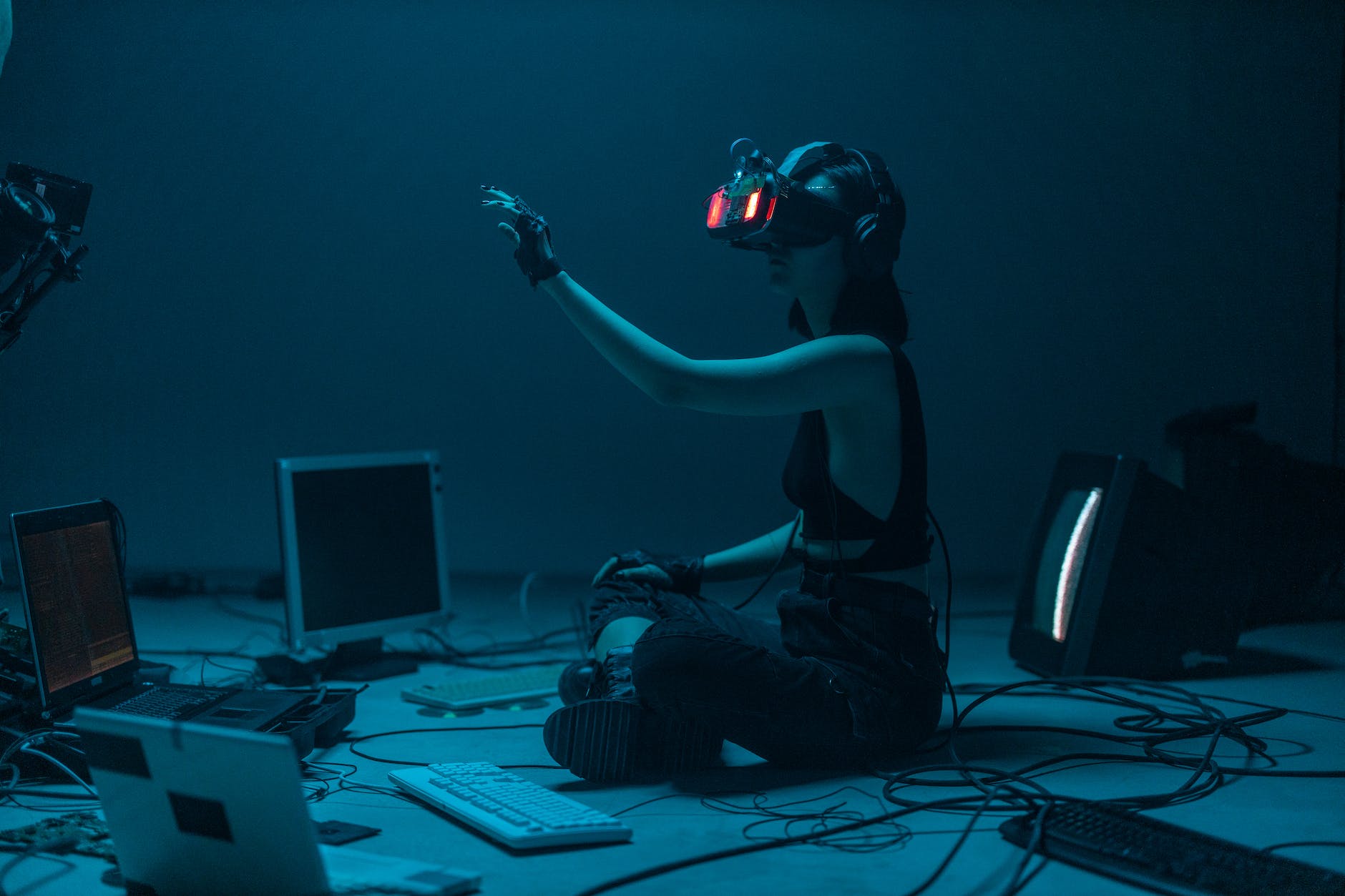
Unless you’re pursuing the path of training large language models (LLMs) or are hell-bent on learning how to fine-tune a model to craft a sophisticated chatbot, there’s no need for a pricey course. You see, we’re interpreters in this grand scheme. We have an idea, and the AI, believe me, is mighty enough to assist with the execution of those ideas. It’s not about pulling a rabbit out of the hat; it’s about translating what’s brewing in our heads into a language the LLM understands — prompting, in other words.
But let’s not mistake prompting for some simple trick. It’s an art form, a dance, a constant give-and-take. You can think of it like conversing with a sharp but sometimes eccentric buddy. They can provide you with all the information you need, but sometimes you have to ask in just the right way. To master this dance, we need to consider AI as a partner that learns from us with every interaction. As we experiment with different prompts, we also need to consider the AI’s output, adjusting our queries accordingly. This back-and-forth learning allows us to use AI more effectively over time. As we prompt, we are learning about its capabilities and nuances.
But with AI evolving at breakneck speed, our approach to prompting must also be flexible, just like learning. Remember ADDIE, SAM, and the good old principles of deliberate practice and scaffolding? They are all a part of our trusty toolbox when it comes to learning and development.
Similarly, we need a blueprint, a framework to approach AI. Just as ADDIE, SAM, and other tools shape how we learn, we need similar sturdy structures for interacting with AI. It’s a bit like building a house — the materials might change, but you’ll always need a solid foundation, walls, and a roof. It’s critical to understand that these frameworks are not just static methodologies but should evolve with AI technology. As AI becomes more capable and autonomous, our approach needs to reflect these advancements. For instance, as the AI develops an ability to understand more abstract or complex prompts, our framework should incorporate strategies for these types of prompts.
Now, let’s get down to the economics of it. Why would you cough up the dough just for a prompt when your AI assistant can whip one up for you? It’s like asking a master chef to write down a recipe for you. If you want Midjourney to paint you a stunning picture, you need to help it visualize the image first. It’s not about training it to paint but rather teaching it to see.
There may come a time when a course is warranted. That time is not now. We are at the genesis of the AI revolution. There are ample resources online to learn the specifics of an application, and as fast as things are evolving, most of what we understand will be obsolete this time next year.
Here are some youtube Channels All About AI The AI Advantage Quick Start Creative Theoretically Media